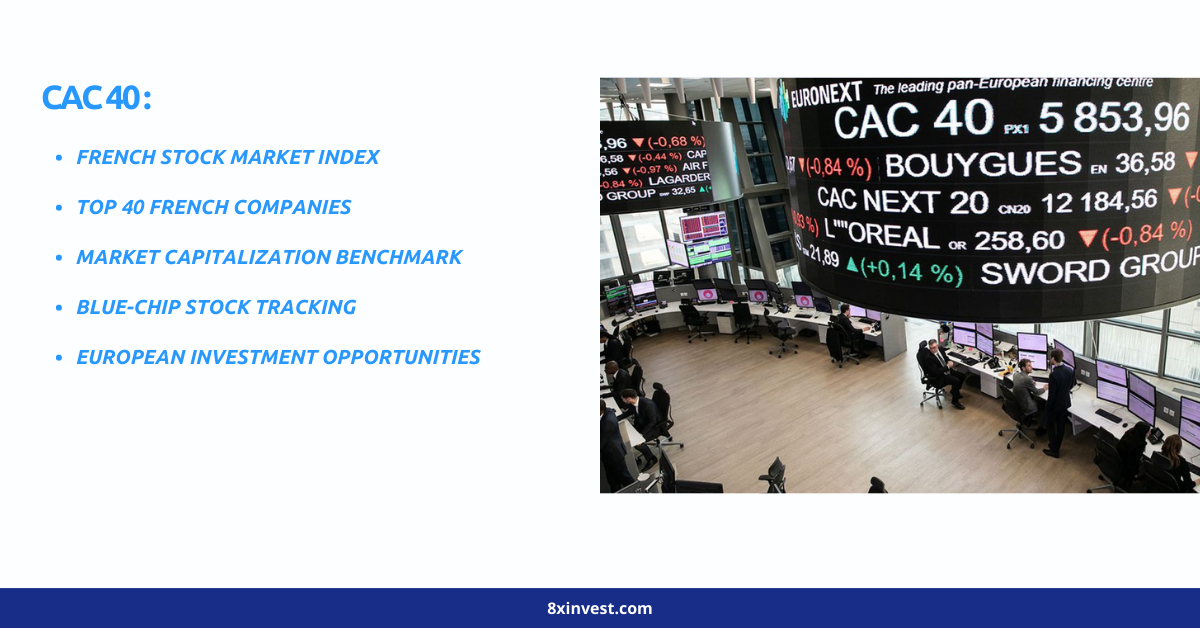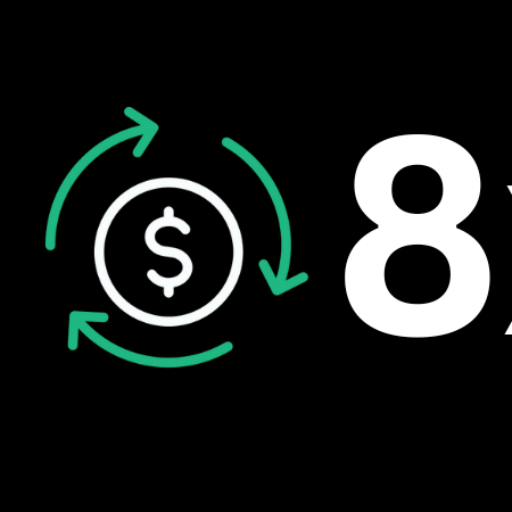
What is the CAC40 and how does it work?
The CAC40 is an stock index which tracks the performance 40 of the largest stocks listed on Euronext Paris. It is France’s biggest stock exchange. The Cotation Assistee en Continuu 40 (or CAC 40) is a benchmark for France’s economy that attracts traders from all over Europe.
In 1987, the CAC 40 was established with a 1,000 value. It is a market-capitalisation weighted index. Companies that are the most capitalized in the index get a greater weighting than the German Dax.
About CAC40 constituents
The index’s largest weighting constituents are Total, BNP Paribas (Bank Operator) and Louis Vuitton (Luxury Goods Conglomerate LVMH (Louis Vuitton). Here’s the CAC40 sector composition as of June 10, 2021.
How frequently do CAC40 companies change?
If the composition is reviewed annually by an independent steering group, CAC 40 companies could change. This is to ensure that index selection and weighting are accurate to the underlying market. Alstom, a French multinational rollingstock manufacturer, has been added to the index since September 2020.
How is the CAC 40 calculated
The CAC 40 calculation is based on the price return basis. The formula is calculated using the current share count of each constituent divided by the last closing prices. The index divisor, which is adjusted based upon composition changes, is calculated using the initial capitalisation level of the index and its base level.
What does the CAC 40 cost mean?
The CAC 40’s price indicates whether shares of companies included in the index are falling or rising. If the CAC 40 price is rising, it indicates that specific companies or groups of businesses are experiencing gains. This is reflected by the overall index price. In contrast, if the CAC 40 is declining, this means that index companies are seeing a decrease in their prices.
CAC 40 is calculated using a weighted mean of share prices. This means that companies with a higher weighting often see their share prices fluctuations have a greater impact on the wider index.
What factors affect the CAC40 price?
The CAC 40’s price is affected by many fundamental and technical factors, as well international influences. European Central Bank can have a significant impact on foreign exchange rates and economic data releases.
These drivers can be expected to move index in a particular direction. However, traders must consider how all factors affect each other and not just one. These are just a few key considerations when trading the CAC40.
Monetary policy and economic release
If the European Central Bank monetary policies are accommodative, interest rate tends to fall and general money supply and credit possibilities increase. This makes it more affordable to service corporate debt, making it easier for businesses to grow and boosting stock prices.
Economic data may also have an important impact on trading decisions. Inflation can have a significant impact on stock indices. It can affect profit margins across all sectors and is also a potential indicator of higher longer-term interest rates. Inflation fears in May 2021 caused the price of CAC 40 leaders such as L’Oreal, LVMH and L’Oreal drops of around 1.3% per day.
Individual company performance
As previously mentioned, the index is more likely to be moved by companies that are higher in the weighted index than those with smaller constituents. Total, for instance, is more likely to cause changes in the CAC40 price than Renault.
Socio-political events
Events like the Great Recession, the coronavirus pandemic and others can all impact market demand in some way. A pandemic in 2020 for instance caused a sharp decline in manufacturing activity, and market demand. The CAC 40 plunged 40% in March 2020 after reaching a record high of February 2018.
The CAC yields an average of 40 annual returns
The CAC 40 average annual return has been 4.6% over the last ten year. The CAC40 average returns represent what managed funds earn in profit over the course of one year.
Below you can see the yearly returns between 2011 and 2020. Past performance is not guaranteed.
40 market hours
The main trading hours for CAC 40 are 09:00 – 17:30 CET.
Continue reading Stock market hours.
How to trade CAC 40
There are many options for trading the CAC 40. These instruments allow you to be exposed to all 50 companies in one position.
CAC 40 CDFs
Contracts for difference (CFDs), are derivatives that derive their price from an underlying market. This is the CAC 40. Since you will never own an asset, you can speculate as to whether it will rise or fall.
Futures
Futures contracts are agreements to purchase an asset at a certain price with a specified expiry date. CAC 40 futures contracts do not have an underlying asset to exchange. Instead, an index is a number that represents a set of stocks.
CAC 40 choices
CAC 40 options can be contracts that allow you to buy or trade the index at a certain price and on a particular date.
If CAC 40 options become available, you would trade them via CFDs.
CAC40 stocks and ETFs
ETFs or investment instruments that have a set of stocks can be used to trade the CAC 40. In this instance, it is the shares of the constituents of the index.
You can also trade stocks on the CAC40 individually, which allows you to focus on certain sectors.
How to cut the CAC 40
A short position in the CAC 40 is when you assume that the index will fall. This can be accomplished by either shorting stocks or shorting CAC 40 contracts. Shorting an ETF CAC 40 may also be attractive to traders. You can also buy put options on CAC40 stocks if they are too expensive, or you could buy a put option for a CAC40 ETF.
Find out more about shorting market.
Can you make a UK investment in the CAC 40? You can either invest directly in the CAC 40 UK through an ETF, mutual funds, index funds, or trade derivatives using the methods described above.

